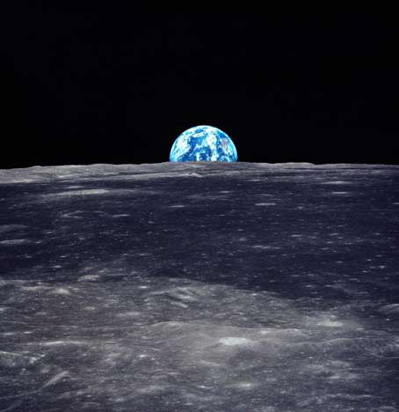Chapter 4. Global image features
The task in this tutorial is to understand how we can extract
numerical representations from images and how these numerical
representations can be used to provide similarity measures between
images, so that we can, for example, find the most similar images
from a set.
As you know, images are made up of pixels which are basically
numbers that represent a colour. This is the most basic form of
numerical representation of an image. However, we can do
calculations on the pixel values to get other numerical
representations that mean different things. In general, these
numerical representations are known as
feature vectors and they
represent particular features.
Let’s take a very common and easily understood type of feature. It’s
called a colour histogram and it basically tells you the proportion
of different colours within an image (e.g. 90% red, 5% green, 3%
orange, and 2% blue). As pixels are represented by different amounts
of red, green and blue we can take these values and accumulate them
in our histogram (e.g. when we see a red pixel we add 1 to our
“red pixel count” in the histogram).
A histogram can accrue counts for any number of colours in any
number of dimensions but the usual is to split the red, green and
blue values of a pixel into a smallish number of “bins”
into which the colours are thrown. This gives us a three-dimensional
cube, where each small cubic bin is accruing counts for that colour.
OpenIMAJ contains a multidimensional MultidimensionalHistogram
implementation that is constructed using the number of bins required
in each dimension. For example:
MultidimensionalHistogram histogram = new MultidimensionalHistogram( 4, 4, 4 );
This code creates a histogram that has 64 (4 × 4 × 4) bins. However,
this data structure does not do anything on its own. The
HistogramModel class provides a means for
creating a MultidimensionalHistogram from an image. The
HistogramModel class assumes the image has been
normalised and returns a normalised histogram:
HistogramModel model = new HistogramModel( 4, 4, 4 );
model.estimateModel( image );
MultidimensionalHistogram histogram = model.histogram;
You can print out the histogram to see what sort of numbers you get
for different images. Note that the you can re-use the HistogramModel by applying it
to different images. If you do reuse the HistogramModel the
model.histogram will be the same object, so you'll need to clone()
it if you need to keep hold of its values for multiple images. Let’s load in 3
images then generate and store the histograms for them:
URL[] imageURLs = new URL[] {
new URL( "http://openimaj.org/tutorial/figs/hist1.jpg" ),
new URL( "http://openimaj.org/tutorial/figs/hist2.jpg" ),
new URL( "http://openimaj.org/tutorial/figs/hist3.jpg" )
};
List<MultidimensionalHistogram> histograms = new ArrayList<MultidimensionalHistogram>();
HistogramModel model = new HistogramModel(4, 4, 4);
for( URL u : imageURLs ) {
model.estimateModel(ImageUtilities.readMBF(u));
histograms.add( model.histogram.clone() );
}



We now have a list of histograms from our images. The
Histogram class extends a class called the
MultidimensionalDoubleFV which is a feature
vector represented by multidimensional set of double precision
numbers. This class provides us with a compare()
method which allows comparison between two multidimensional sets of
doubles. This method takes the other feature vector to compare
against and a comparison method which is implemented in the
DoubleFVComparison class.
So, we can compare two histograms using the Euclidean distance
measure like so:
double distanceScore = histogram1.compare( histogram2, DoubleFVComparison.EUCLIDEAN );
This will give us a score of how similar (or dissimilar) the
histograms are. It’s useful to think of the output score as a
distance apart in space. Two very
similar histograms will be very close together so have a small
distance score, whereas two dissimilar histograms will be far apart
and so have a large distance score.
The Euclidean distance measure is symmetric (that is, if you compare
histogram1 to histogram2 you
will get the same score if you compare histogram2
to histogram1) so we can compare all the
histograms with each other in a simple, efficient, nested loop:
for( int i = 0; i < histograms.size(); i++ ) {
for( int j = i; j < histograms.size(); j++ ) {
double distance = histograms.get(i).compare( histograms.get(j), DoubleFVComparison.EUCLIDEAN );
}
}
4.1.1. Exercise 1: Finding and displaying similar images
Which images are most similar? Does that match with what you
expect if you look at the images? Can you make the application
display the two most similar images that are not the same?
4.1.2. Exercise 2: Exploring comparison measures
What happens when you use a different comparison measure (such
as DoubleFVComparison.INTERSECTION)?



